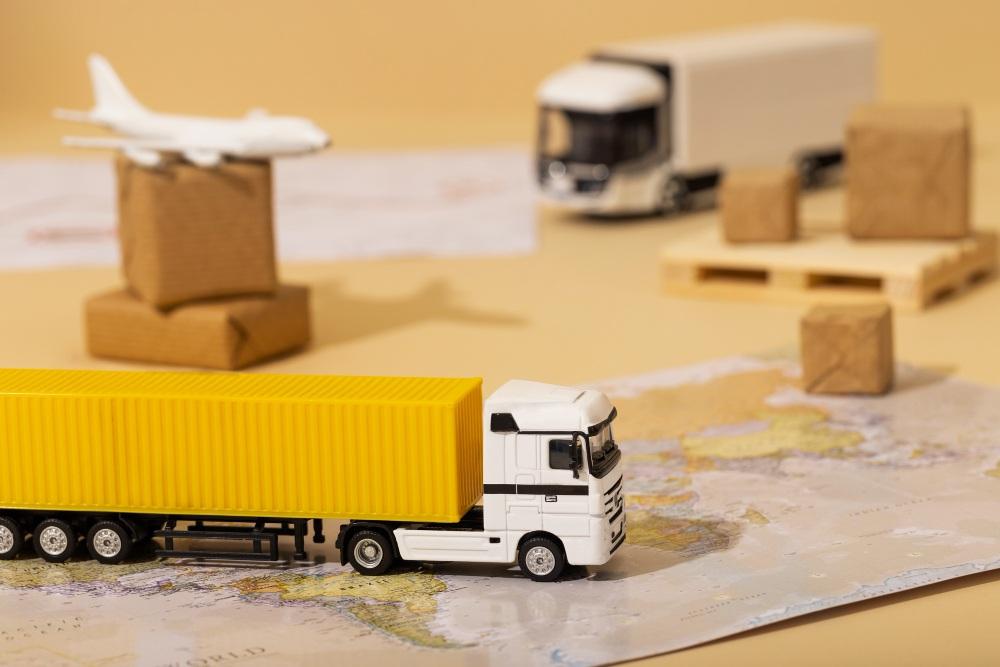The COVID-19 pandemic-induced travel and cargo restrictions caused shipping disruptions, increasing logistics costs. High freight rates impact merchants and, ultimately, consumers.
Trade imbalances directly reflect the balance of containerized exports and imports. A significant proportion of return trips are empty. This leads to higher prices for ocean transport.
Table of Contents
Cost
Container shipping’s ability to transfer goods and materials from where they are produced to where they are consumed underpins modern life. However, it comes with a significant price tag. A surge in the costs of maritime trade could raise consumer prices and slow national economies, especially in small island developing states (SIDS) and least developed countries (LDCs), whose production and consumption are highly dependent on shipping.
The global economic recovery is on track, and a shift in consumer demand is taking place, but a shortage of shipping containers remains a significant concern for logistics companies. During the pandemic, container prices rose to unprecedented levels, and many of them remain stranded in inland depots or piled up at cargo ports because of shipping delays. This will exacerbate logistical challenges as the economy recovers and consumers return to purchasing manufactured goods.
Although significant shipping lines have increased capacity by deploying mega-containerships and adopting more efficient operational patterns, the industry’s costs remain high. Shippers can reduce their costs by improving efficiency in the supply chain and investing in new technologies, such as automated cargo handling and cellular container technology, which allows containers to travel between ports and inland transport systems more efficiently. Efficient port infrastructure also lowers costs by reducing the need for vessels to wait unnecessarily at a port, which increases fuel costs and emissions.
Safety
Container shipping is the primary mode of transporting goods worldwide. These cargo ships carry about 80% of the world’s non-bulk trade. These containers are of a standardized size that allows them to be transferred between various modes of transport, including vessels, trains, and trucks, without unpacking or repacking. They are a vital link in the global supply chain, enabling top container shipping companies in New York City to serve customers worldwide. The coronavirus pandemic showed just how critical this industry is to the economy. Ports struggled to keep up with demand for goods, and the cost of getting those products to their destination skyrocketed. This dramatically impacts retail sales and hurts merchants’ bottom lines.
Liner shipping is capital-intensive, and ships operate on fixed schedules between ports of call at both ends of a route. This means that unused capacity represents lost revenue opportunities. The development of larger ship sizes has also increased productivity by increasing the number of containers transported on a single voyage.
Many shipping lines own or partially control terminal capacity, allowing them to control costs and operational performance. This can also help them deal with poor schedule integrity, often the root of pricing volatility. In addition, some lines impose various equipment-related surcharges to offset variable fuel prices and other market risks.
Capacity
The capacity of container shipping is a crucial factor in expanding global trade. It allows goods and materials to be delivered from where they are produced to where they are consumed. Without this capacity, the world’s economy would be much less interconnected than it is now. It is also responsible for the rapid growth of global trade over the past 50 years.
The use of metal shipping containers revolutionized the way that cargo is transported from ship to truck and train. Before this innovation, each good was loaded onto a vessel individually, a time-consuming and expensive process. The ability to transport cargo in standardized containers has resulted in tremendous cost savings for manufacturers, importers, and consumers.
Despite the recent economic slowdown, container shipping continues to provide an indispensable service to the global economy. However, the industry faces several challenges, including the need for greater efficiency and the impact of COVID-19 on supply chains. These challenges can be overcome by implementing new technologies and collaborating with supply chain stakeholders.
In the current market, container ships’ capacity is constrained by slower demand and excess inventory. This has led to several blanked sailings and idled ships. This has reduced carrier profitability and will continue until the idling ships are removed from service, ocean carriers cancel some of their services, or demand dramatically increases.
Efficiency
The efficiency of container shipping depends on several factors, including the quality of port infrastructure, trade facilitation measures, and shipping connectivity. Despite the challenges faced by the industry, there is potential for substantial improvements.
The current freight rate surge will profoundly impact global trade and undermine socioeconomic recovery until normal shipping operations. It will also increase prices for low-value-added products manufactured in smaller economies. In addition, sustained high rates will dampen the recovery in global manufacturing.
In addition, the emergence of mega-container ships is complicating operational efficiency. These vessels require more crew and take up to six weeks to transport containers from Southeast Asian ports to North American ports. This has reduced productivity and led to increased congestion. As a result, shipping lines use vessel lay-ups, service suspensions, and ordering new capacity to absorb the extra demand.
The current situation has also prompted some prominent e-commerce players to enter the liner shipping business directly. However, this will be on a small scale for now. Besides, these entrants will face significant competition from established shipping lines. They must invest in logistics capabilities and develop a sophisticated distribution network to compete with them.
Also Read – Discover the Benefits of Using a Platform for Retail Marketing




